Just when you think you understand electricity, it throws another curve ball at you.
The following circuit confuses me. The Arduino has it's own power circuit supplied by either batteries or a transformer at +3V. The light bulb is powered somewhere between 0 and 60V by a separate circuit. Its ground, however, is connected to the Arduino's ground pin. To further confuse me, the gate is being driven by the Arduino, but its pulled down resistor is also tied to that ground.
I was under the impression that high powered circuits should be electrically isolated from the lower powered digital circuits. How can this work without destroying the Arduino? Why would you want to do this and where does the current sink to? The Arduino circuit or the external circuit?
